Parsley Herb in Spanish: Why 'Perejil' is the Unsung Hero of Your Kitchen?
When you hear the word perejil, what comes to mind? A garnish? A forgotten green at the edge of your plate? Think again. This humble herb, known as parsley in English and perejil in Spanish, is more than just a pretty face on your plate. Whether you're a seasoned chef or a curious home cook, this article will change how you see (and use!) parsley forever.
Table of Contents
- Introduction: The Green That's More Than Meets the Eye
- What Is Parsley (Perejil) in Spanish Cuisine?
- Flat-Leaf vs. Curly: Which One Should You Use?
- 5 Surprising Ways to Use Perejil Like a Pro
- Buying Guide: How to Choose the Freshest Perejil
- How to Store and Preserve Your Parsley for Maximum Flavor
- FAQs: All Your Perejil Questions Answered
- Conclusion: Give Perejil Its Due Spotlight
Introduction: The Green That's More Than Meets the Eye
Many people overlook parsley, using it only as a colorful garnish that gets pushed aside after a meal. But in Spanish-speaking countries like Mexico, Argentina, and Spain itself, parsley—known locally as perejil—plays a vital role in everyday cooking. From chimichurri to sofrito, this vibrant herb brings brightness, flavor, and even health benefits to the table.
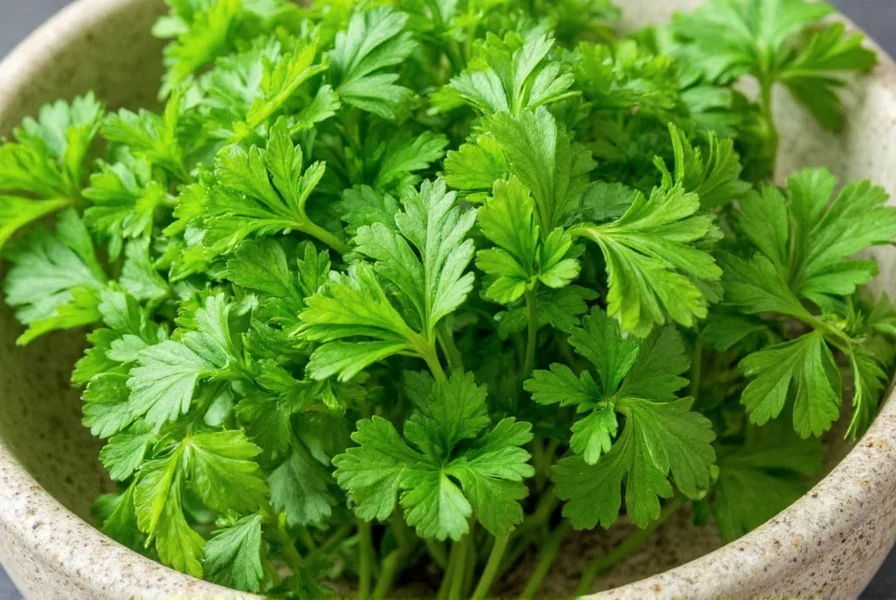
What Is Parsley (Perejil) in Spanish Cuisine?
The word "perejil" is simply the Spanish term for parsley, derived from the Latin Petroselinum crispum. In many parts of Latin America and Spain, fresh herbs are staples rather than optional extras, and parsley is no exception. Used liberally in salsas, soups, stews, and marinades, perejil adds a clean, slightly peppery note that elevates any dish.
| Type of Dish | Countries Where Perejil Shines | Common Pairings |
|---|---|---|
| Sofrito | Puerto Rico, Dominican Republic | Onions, garlic, peppers, tomatoes |
| Chimichurri | Argentina, Uruguay | Olive oil, vinegar, garlic, oregano |
| Gremolata | Italy (used widely in Spanish-influenced areas) | Lemon zest, garlic |
| Ceviche | Mexico, Peru | Lime juice, cilantro, chili |
Flat-Leaf vs. Curly: Which One Should You Use?
There are two main types of parsley: flat-leaf (Italian parsley) and curly leaf. While both are used in Spanish-speaking regions, each has its own personality and preferred culinary use.
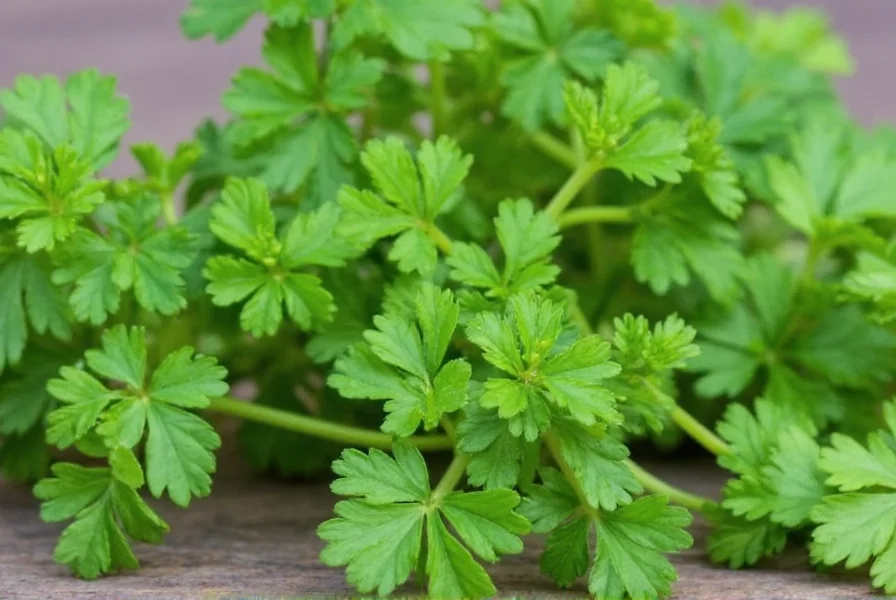
Flat-Leaf Parsley
- Bold, earthy flavor with a hint of pepperiness
- Easier to chop and blend into sauces
- Preferred by chefs and cooks in authentic Spanish and Latin dishes
- Great for chimichurri, salsa verde, and mole verde
Curly Leaf Parsley
- Milder flavor, often used as a garnish
- Firm texture makes it ideal for decorative plating
- Common in older recipes where visual appeal was key
- Less favored for cooking due to tougher leaves
5 Surprising Ways to Use Perejil Like a Pro
Ready to break free from parsley-as-garnish syndrome? Here are five bold ways to put perejil to work in your kitchen:
- Make Your Own Chimichurri: Blend fresh perejil with olive oil, red wine vinegar, garlic, and a pinch of chili flakes. Perfect for grilled meats and veggies.
- Add Freshness to Rice Dishes: Stir chopped perejil into arroz con pollo or paella just before serving. Instant upgrade!
- Mix Into Batters: Add finely chopped parsley to fritters, tortilla española, or empanada fillings for color and zing.
- Infuse Oils and Vinegars: Place a handful of parsley in a bottle of olive oil or white wine vinegar and let sit for a week. Use for dressings or drizzle over roasted veggies.
- Use in Herbal Teas: Yes, really! Parsley tea is a traditional remedy in many cultures and can be soothing and detoxifying.
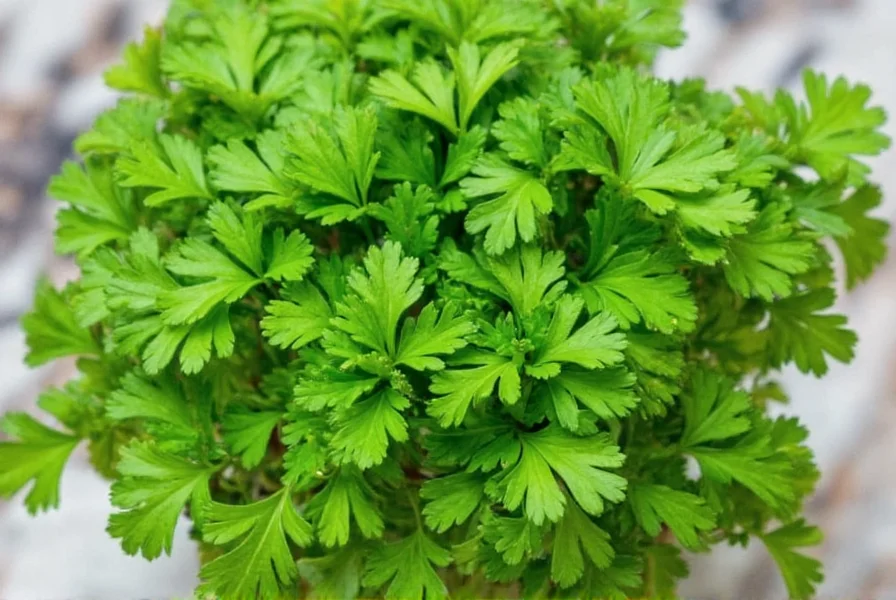
Buying Guide: How to Choose the Freshest Perejil
Not all parsley is created equal. To get the most flavor and life out of your bunch, follow these expert tips when shopping:
| What to Look For | What to Avoid |
|---|---|
| Bright green leaves with firm stems | Wilting, yellowing, or slimy leaves |
| No signs of mold or insects | Soft spots or mushy stems |
| Aromatic when crushed | Dull appearance or strong off-smell |
Best Brands & Products
If you’re not buying fresh from the market, here are some top store-bought options to consider:
- Trader Joe’s Organic Italian Parsley: Great flavor, sustainably grown, perfect for chopping and freezing.
- Herbfresh Frozen Chopped Parsley: Ideal for quick meals without the waste. Just add straight from the freezer.
- Simply Organic Dried Parsley Flakes: Mild but useful for seasoning blends or slow-cooked dishes.
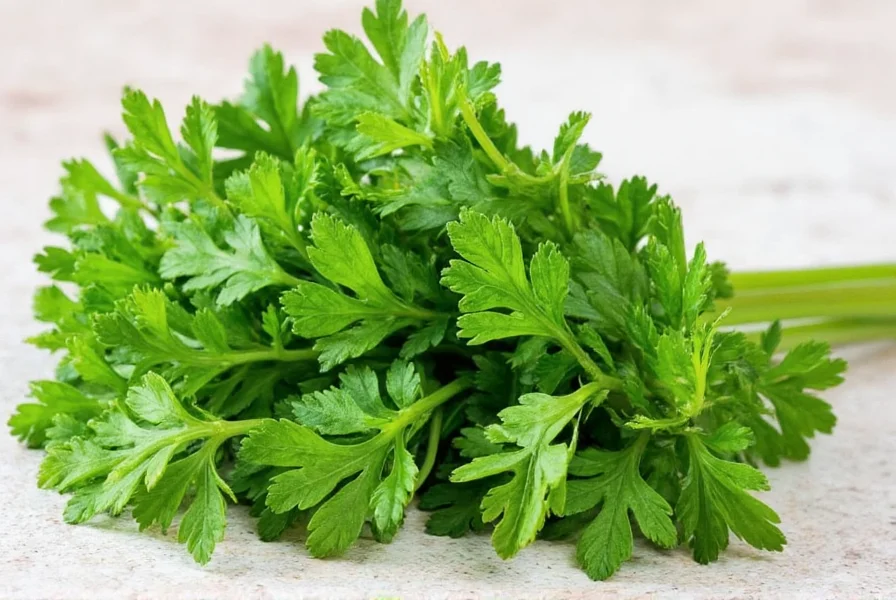
How to Store and Preserve Your Parsley for Maximum Flavor
Want your parsley to last longer and stay fresher? Try these simple storage hacks:
- Refrigerator Method: Wrap the bunch in a damp paper towel and place in a resealable bag. Keep in the crisper drawer for up to a week.
- Water Glass Method: Place stem ends in a glass of water like a bouquet. Cover loosely with a plastic bag and refrigerate. Change water every couple of days.
- Freezing: Chop parsley finely and mix with a bit of olive oil. Freeze in ice cube trays for ready-to-use portions in sauces and soups.
- Drying: Spread parsley on a baking sheet and dry in a low oven or dehydrator until crisp. Crush and store in an airtight container for months.
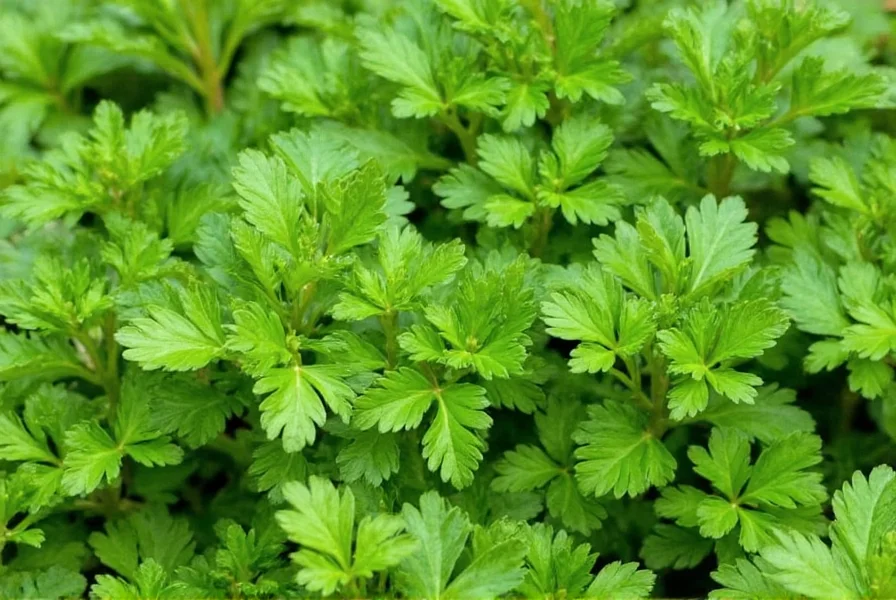
FAQs: All Your Perejil Questions Answered
Q: What does “perejil” mean in Spanish?
A: “Perejil” directly translates to parsley in English. It's used commonly across Spain and Latin America.
Q: Can I substitute cilantro for perejil?
A: Not really. Cilantro has a much stronger, soapier taste and doesn't perform the same way in recipes calling for parsley.
Q: Is parsley healthy?
A: Yes! Parsley is rich in vitamins A, C, and K, and contains antioxidants and anti-inflammatory properties.
Q: Can I grow my own perejil at home?
A: Absolutely! Plant seeds in well-drained soil and keep them moist. It grows well indoors or outdoors in sunny spots.
Q: Is dried parsley as good as fresh?
A: Fresh is always better for flavor and color. However, dried parsley works fine in long-cooked dishes like stews or soups.
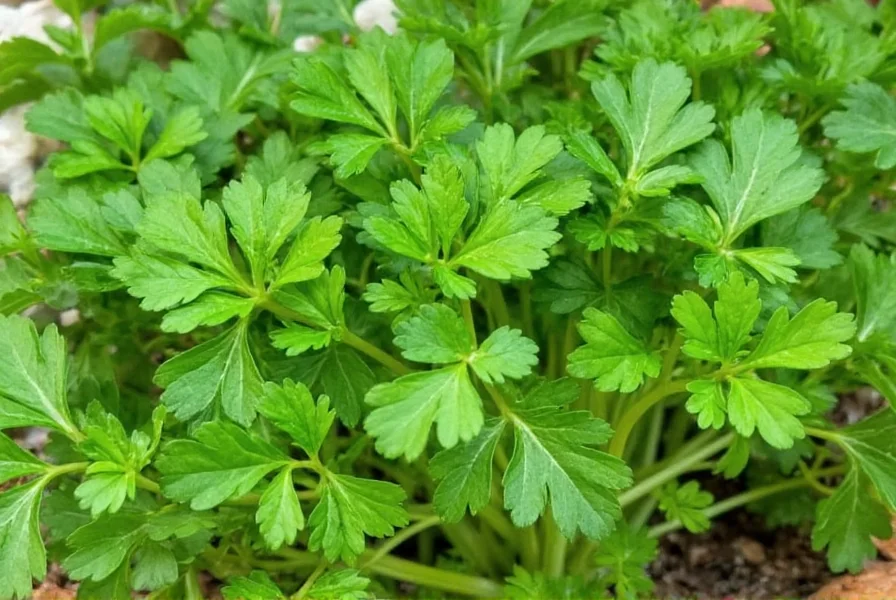
Conclusion: Give Perejil Its Due Spotlight
So there you have it: perejil isn’t just a garnish—it's a versatile, flavorful, and nutritious herb that deserves a permanent spot in your pantry (or fridge). Whether you're cooking a classic Spanish tortilla, making chimichurri for steak night, or jazzing up a bowl of rice, perejil brings more than just color to the plate. It brings soul.
Next time you reach for herbs, don’t overlook this unsung hero. Remember: in Spanish kitchens, perejil isn’t an afterthought—it’s a centerpiece.
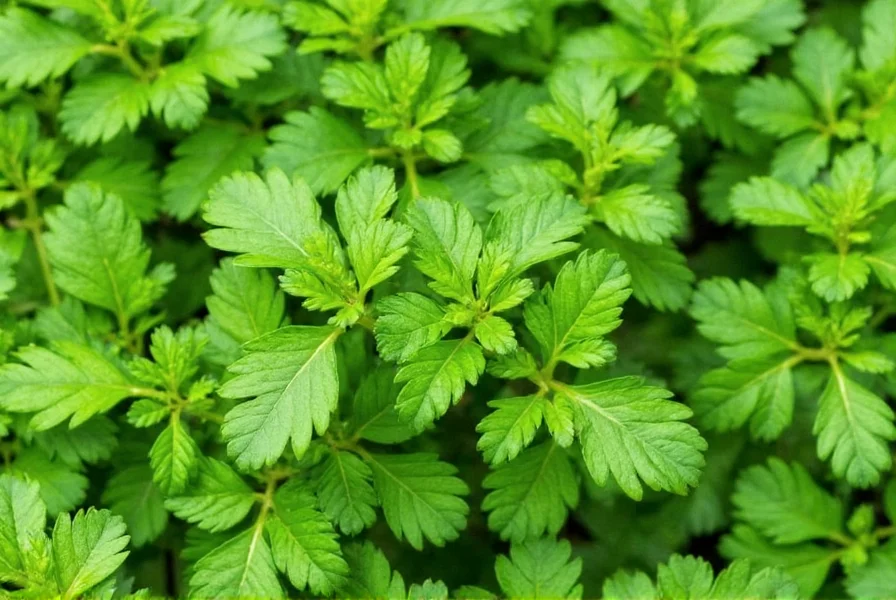

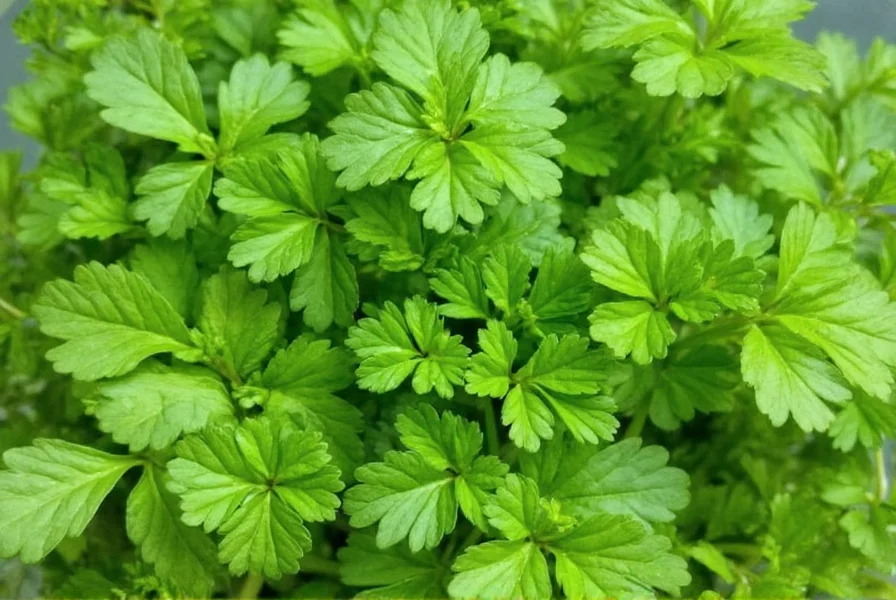









 浙公网安备
33010002000092号
浙公网安备
33010002000092号 浙B2-20120091-4
浙B2-20120091-4